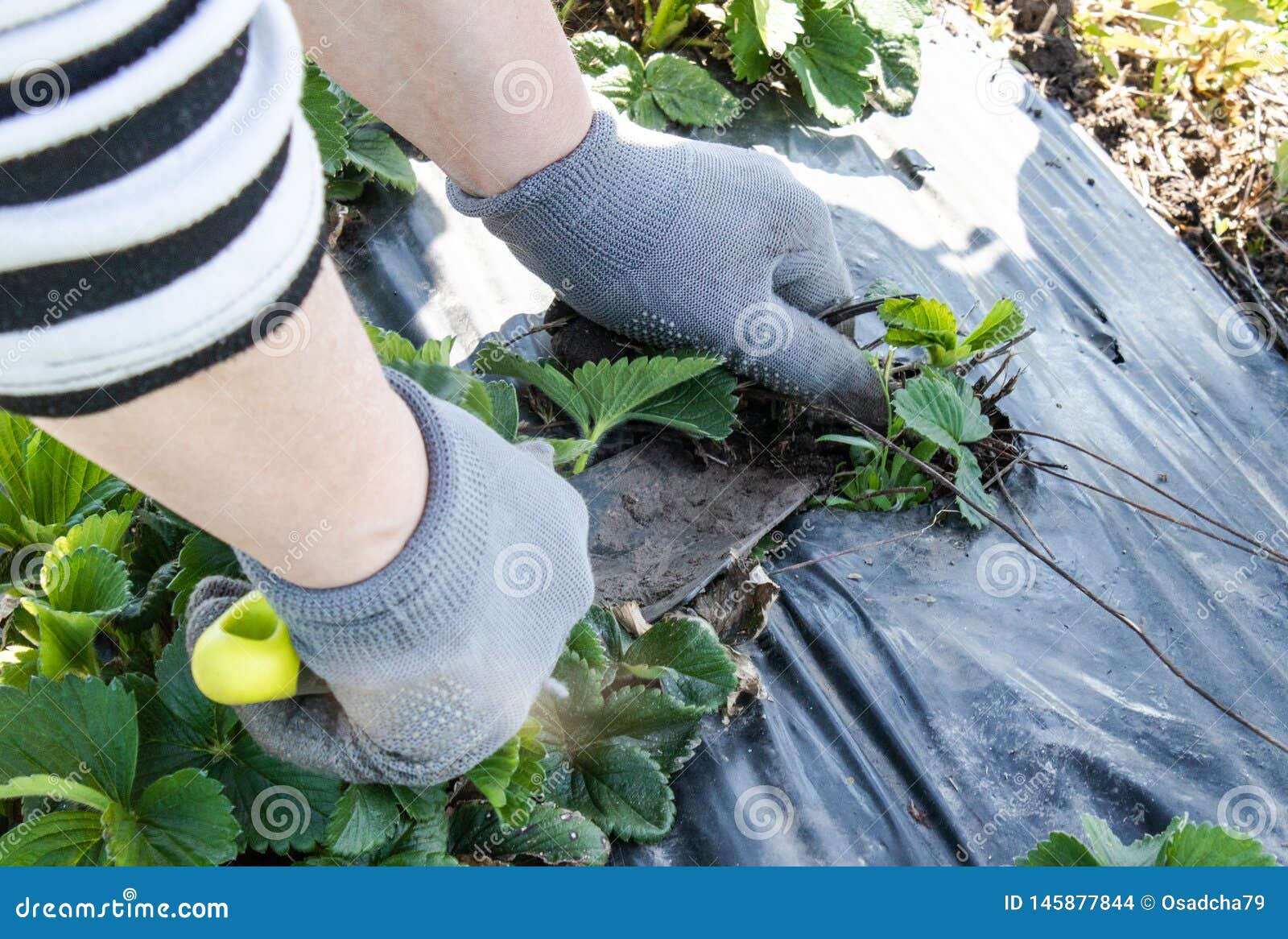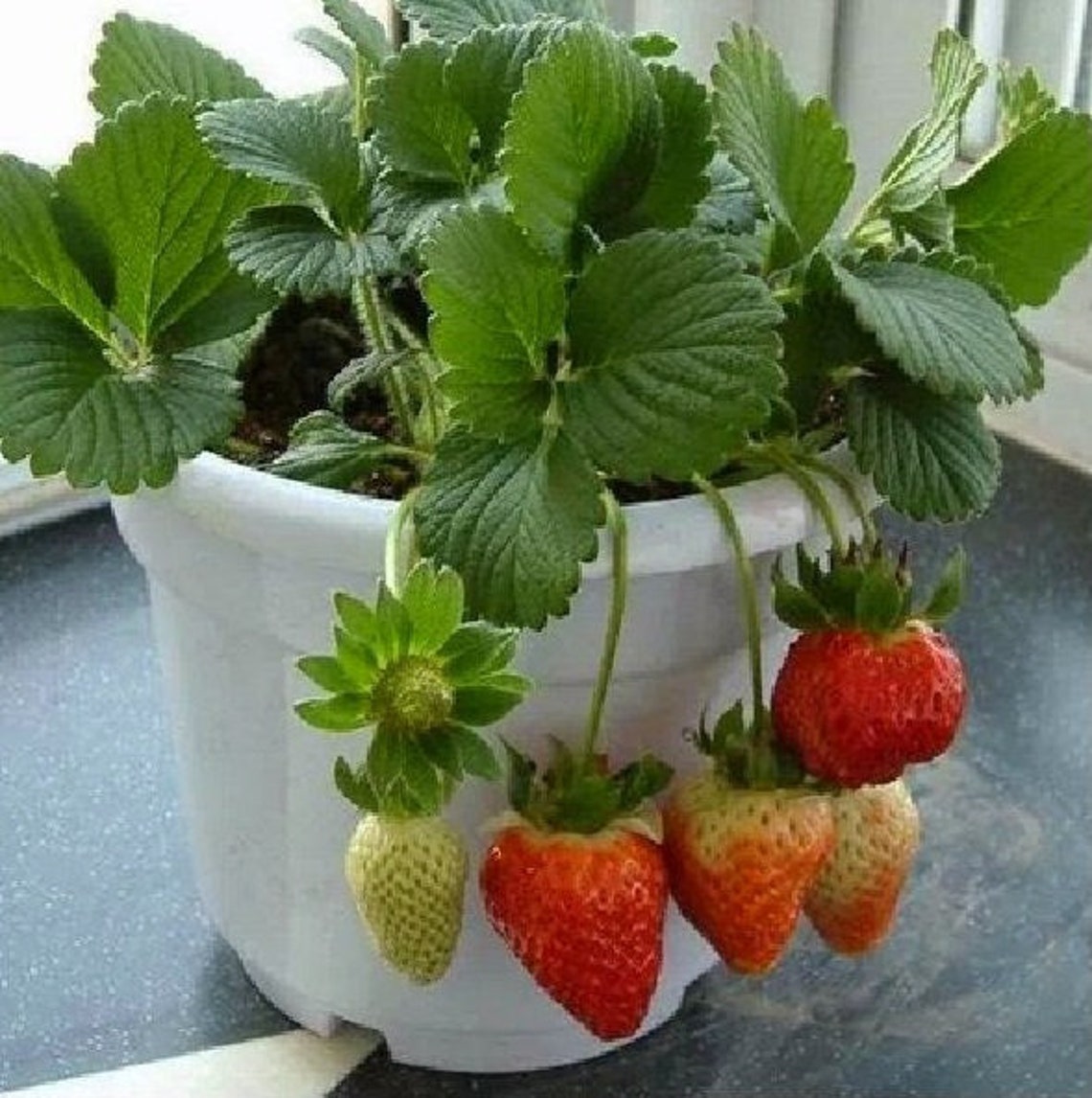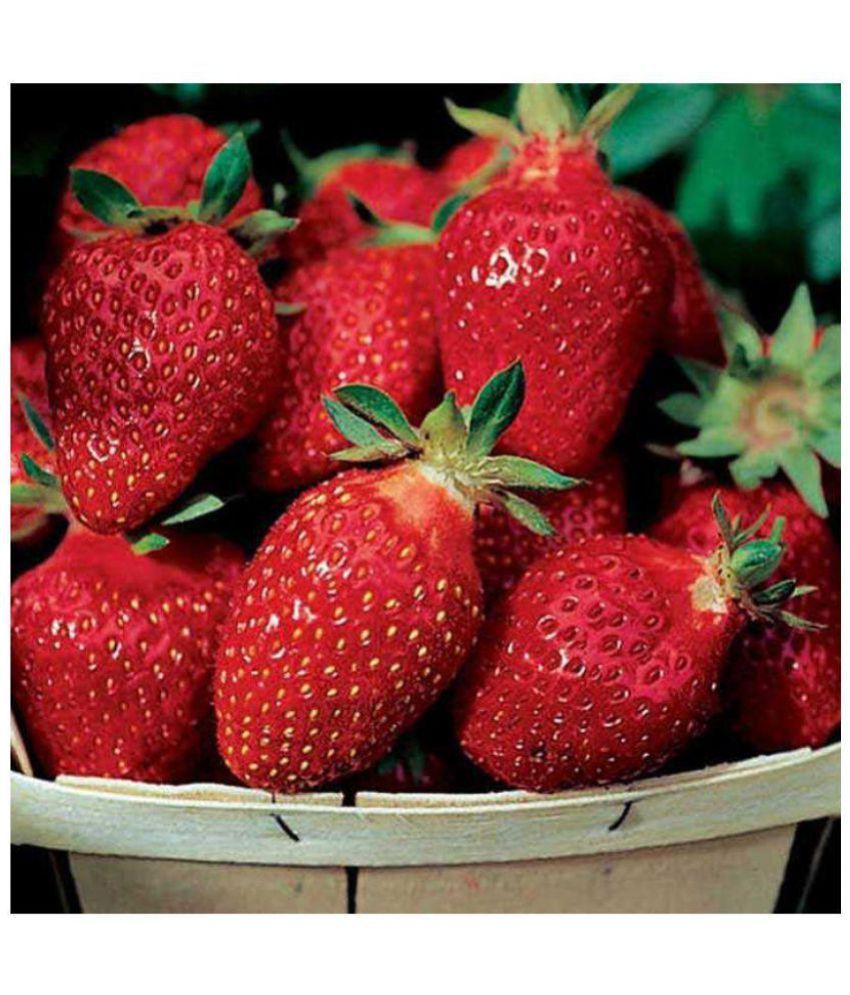

Buy disease-resistant plants from a reputable nursery, of a variety recommended in your area.Strawberry plants will produce runners (daughter plants) that will root and grow into new strawberry plants.



June-bearing varieties bear fruit all at once, usually over a period of three weeks. Day-length sensitive, these varieties produce buds in the autumn, flowers, and fruits the following June, and runners during the long days of summer. Although called “June-bearing” or “June-bearers,” these strawberries bear earlier than June in warmer climates.The best thing about strawberries is that they’re very easy to grow in almost all climates and soils across the United States and Canada-as long as you plant them in a location that gets full sun. Learn more about growing strawberries in the home garden. Why? The sugar in berries converts to starch soon after they’re picked. After mulch settles, it should still provide a 2- to 3-inch depth for best protection.Strawberries are one of the easiest fruit to grow and great for beginners! The taste is far more flavorful than what you’ll ever find in a grocery store. Materials like leaves or grass clippings aren’t a good choice because they tend to mat. Good choices include straw, clean hay, bark chips, chopped cornstalks or cobs, evergreen branches or pine straw. Use a material that won’t compact heavily. To winterize strawberry plants, heap a loose mulch over plants to a depth of 3 to 5 inches. Fine-tune the timing with a call to your local extension office. Precise timing varies depending on region. Definitely winterize strawberry plants before temperatures dip below 20° F. In mild winter areas, apply mulch once soil temperatures hit 40° F for three days in a row. It’s safe to apply winterizing mulch to strawberry plants when the top one-half inch of soil has frozen and daytime temperatures stay consistently in the 20s. A too-soon mulch also risks rotting plant crowns. Cover too soon, and plants may fail to harden off, which means they’ll definitely be damaged by cold air. You want to cover plants when they’re fully dormant. The trick is knowing when to apply the mulch. Winterizing strawberry plants simply involves heaping mulch over plants so they’re not exposed to cold winter air. Winterizing strawberry plants helps prevent heaving. Second, heaving can break roots, allowing them to be lifted completely out of soil. First, it can expose plant crowns to drying air, freezing air temperatures and hungry critters looking for a winter meal. This process is called heaving and puts plants at risk in several ways. This is why it’s vital to winterize strawberry plants and protect them from cold winter air.Īnother reason to protect plants is that, when soil repeatedly freezes and thaws, it tends to push plants up. Temperatures below 15° F can damage those new buds and diminish your berry crop next year. By the time fall frosts arrive, strawberry plants have already set buds for next spring’s flowers.


 0 kommentar(er)
0 kommentar(er)
